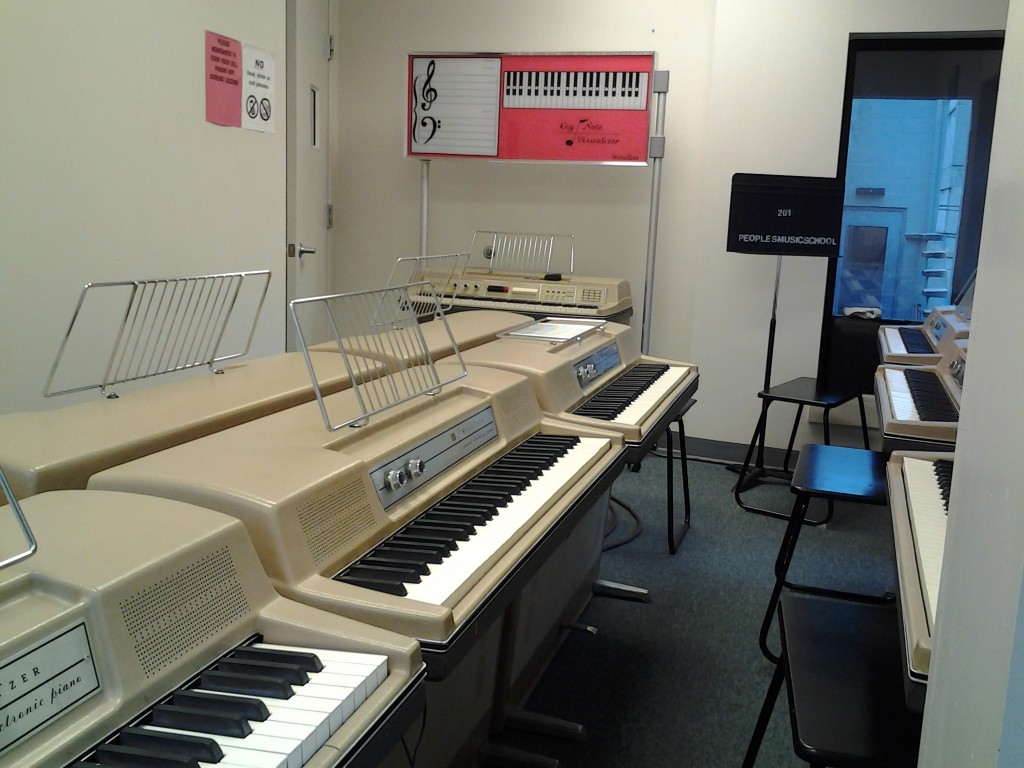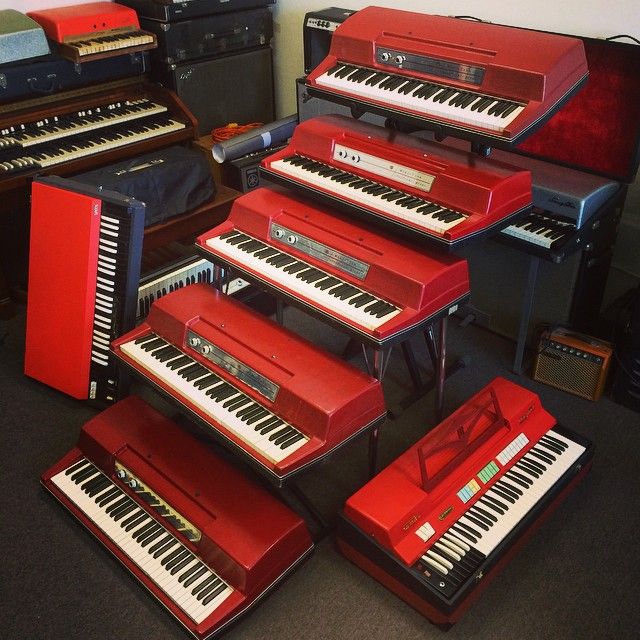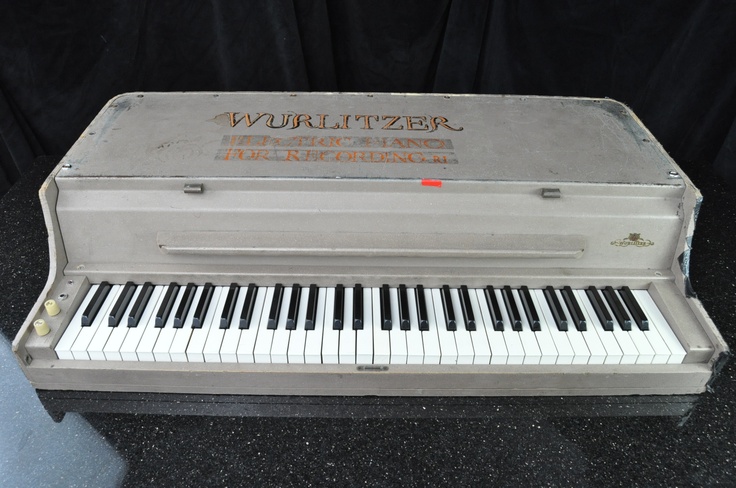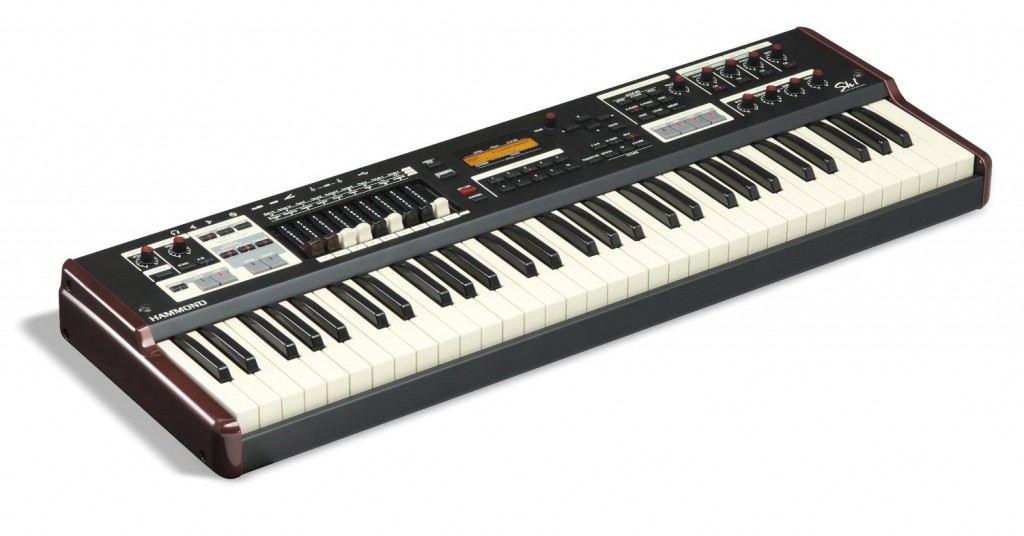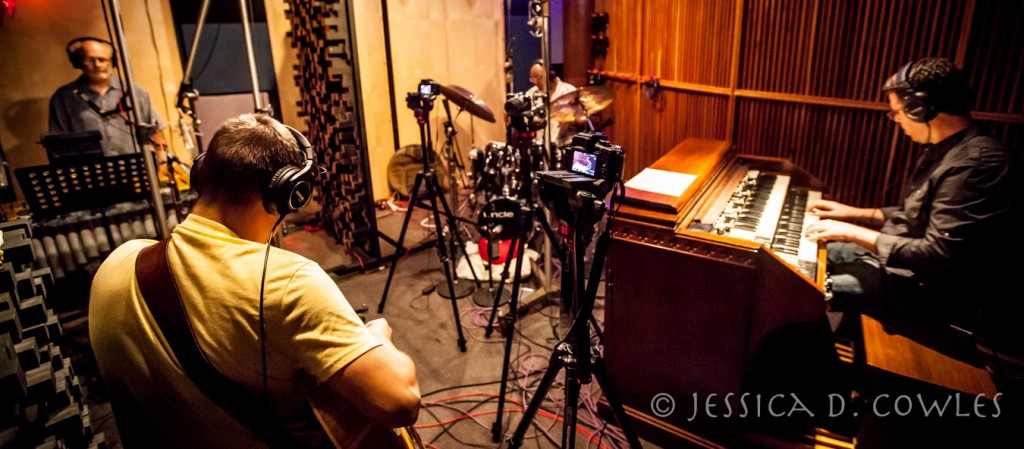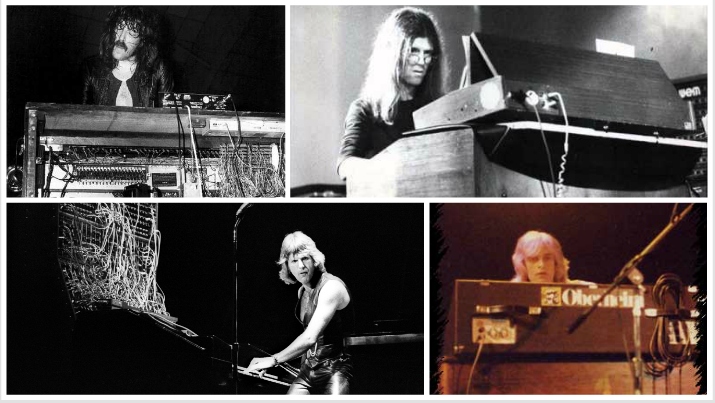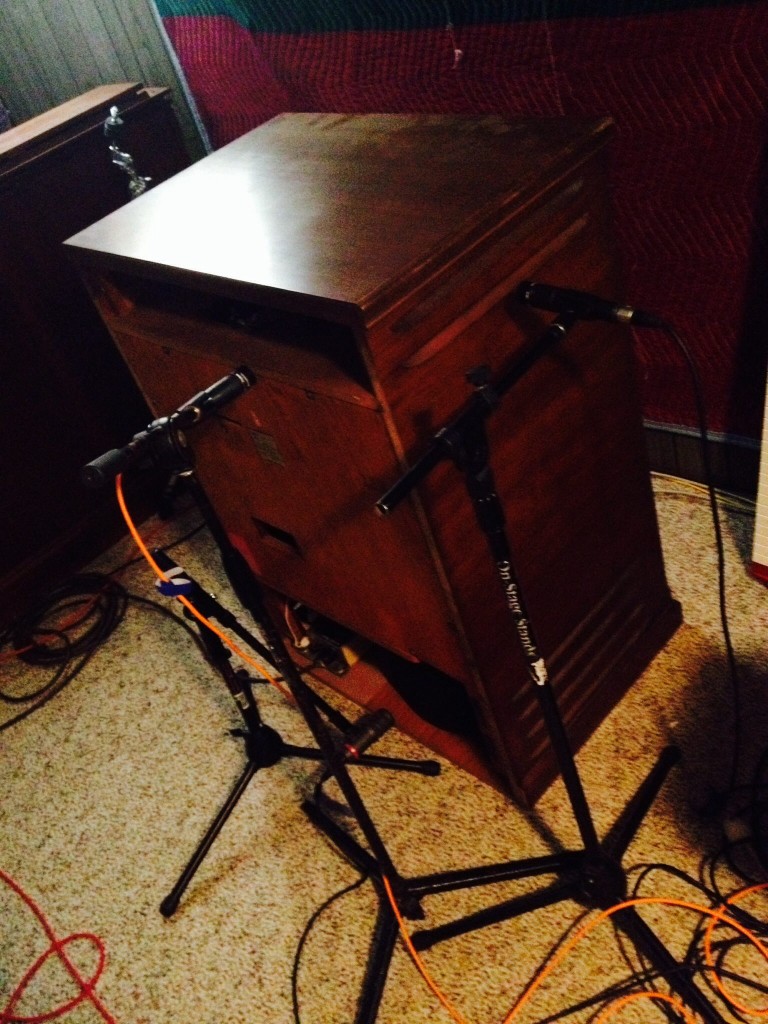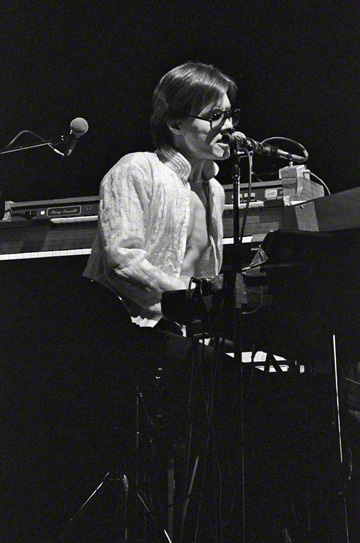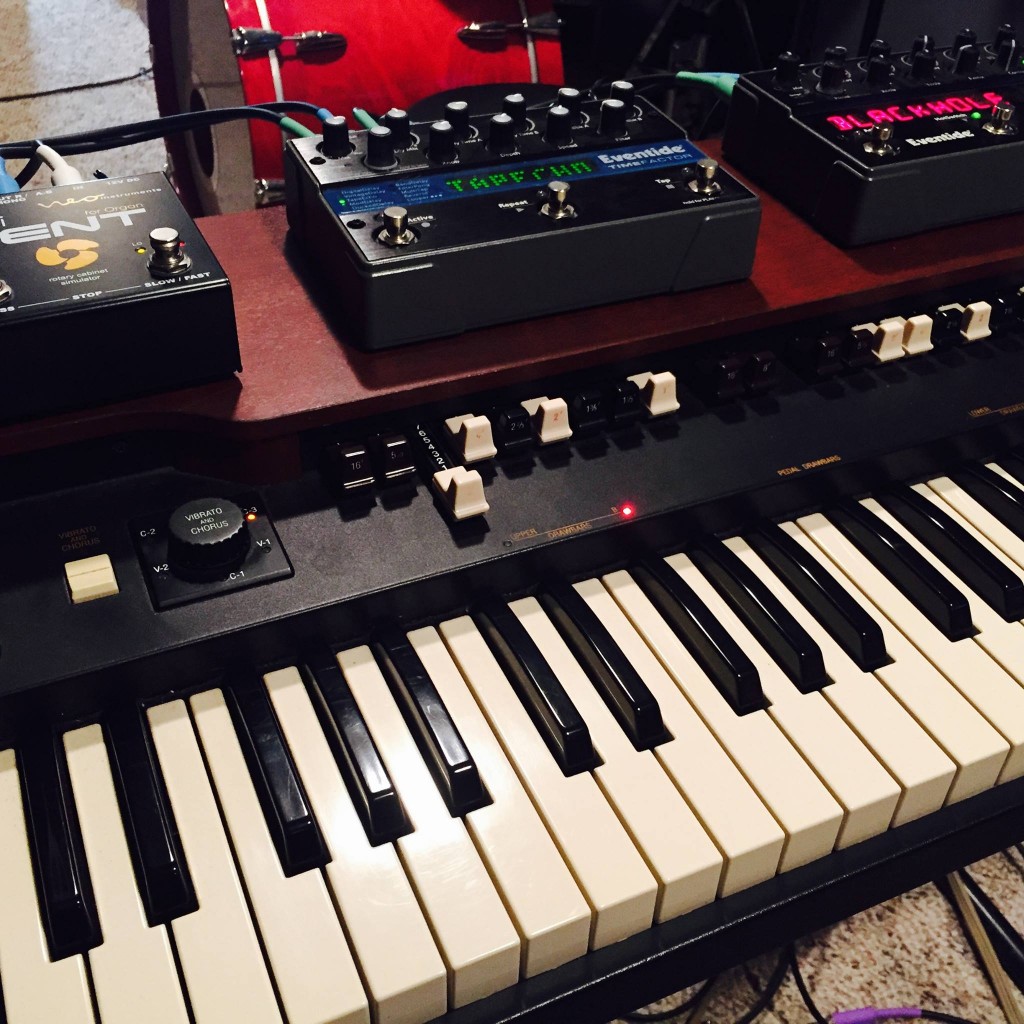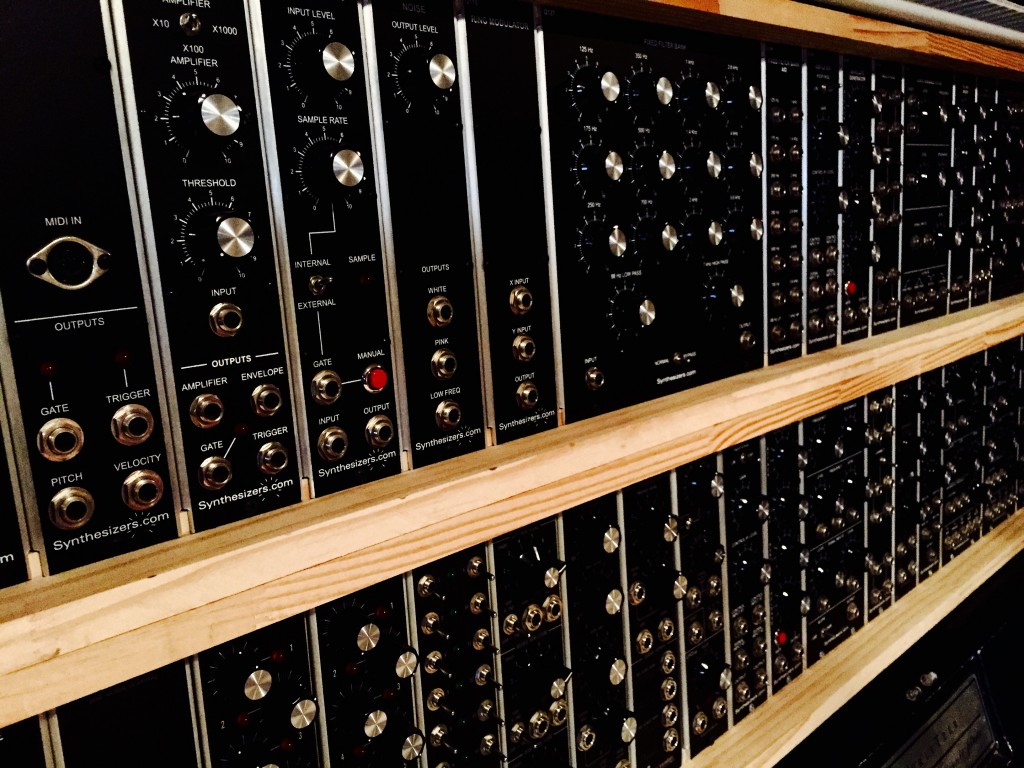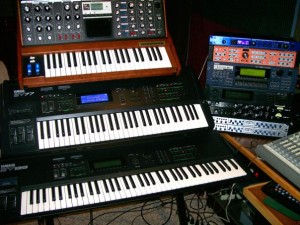The fundamental purpose of any speaker is to convert electricity into acoustic energy. As with any piece of technology, how well a speaker performs this function varies widely between in implementation. Good speakers provide a pleasing, full-range sound, a stable soundstage, and no noticeable bumps in the frequency response. Great speakers simply disappear.
Long-time readers of my blog might remember my glowing review of the JBL LSR305 active monitor speakers. I’ve been using those speakers now for two years. Actually, I upgraded my mains to the bigger LSR308 speakers last summer. I’ve mixed a lot of music on them and still enjoy them. They are great speakers for the money. But what about some other, more expensive options? A more expensive monitoring system should be an order of magnitude better, right? Do you still get what you pay for?
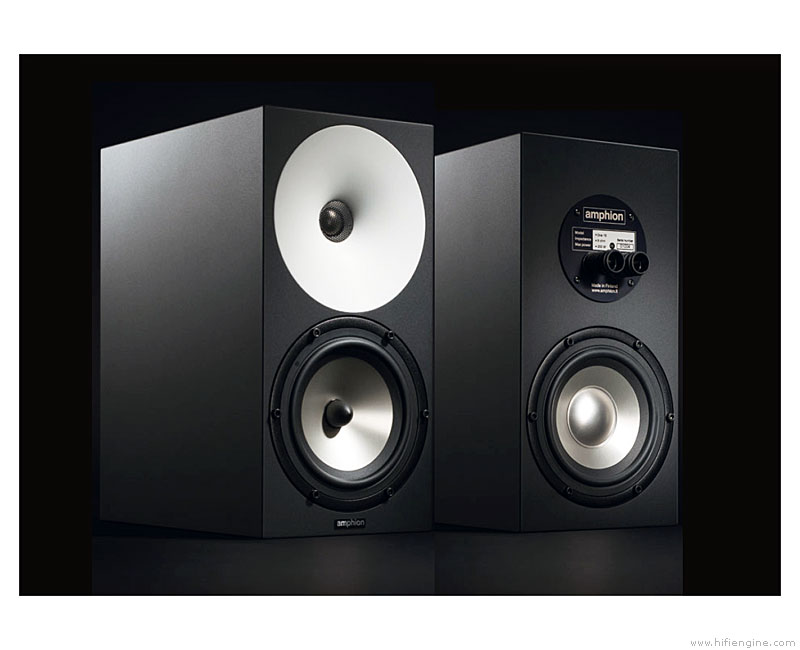
The Amphion One18 speakers
BACKSTORY
At the 2016 Summer NAMM I was fortunate to receive a personal demo of the Amphion monitor speaker range from my friend and human Jack Russell terrier Dave Bryce. It’s always difficult to determine how speakers sound on a convention floor, but I had my first encounter with the JBLs in a similar circumstance at the AES show in 2013 and came away impressed. Likewise, I kept returning to the Amphion booth, multiple times a day, to experience the Amphion speakers again. Dave was as excited to show them to me the fifth, sixth, and seventh time as he was the first time. He even played a cut off my THEO album. That’s what I call a personal touch!

THEO – The Game Of Ouroboros
Last week I received an email from Dave offering to route a pair of demo Amphion One18 speakers to my home studio. I gladly accepted. They arrived in a cool wooden mini-crate along with the matching Amphion Amp100 amplifier and cables in another box. I set them up next to my JBLs and did some quick comparison listening.
First impression: What have I gotten myself into?
But I’m getting ahead of myself.
SPECIFICATIONS
Amphion is a Finnish company formed in 1998. The company offers a full line of home speakers and studio monitors as well as amplifiers, hand-built in Finland. Yes, their studio monitors are passive, which is kind of a rarity these days. They have five models. This review will focus on the middle of the range, the One18.

The model One18 use a custom designed 6.5” woofer and a fast-response titanium tweeter set in what the company calls a “high-density Corian waveguide”. The look is spartan yet beautiful, with the white waveguide making a memorable impression. Two speaker terminals join the passive radiator on the back. The cabinets are sealed; no ports.
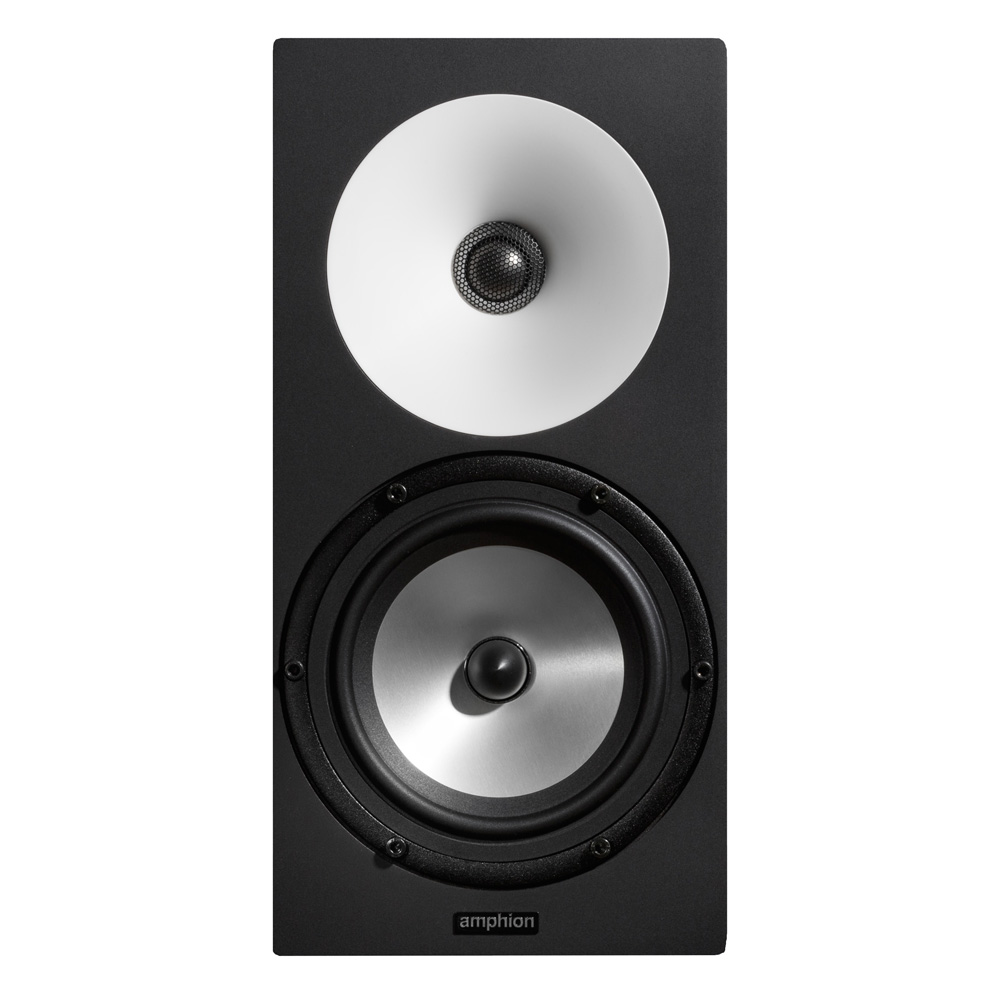
Amphion One18
The Amp100 is similarly clean and simple. The front panel is adorned only by the Amphion name and a chrome power button that has a soft blue LED ring around it when powered on. The back has the left and right speaker outputs, the IEC power connector, and the left and right XLR inputs. That’s it. The included speaker wires terminate in banana plugs and are a high-quality twisted pair in black. I only wish they were a bit longer.
The frequency response of the speakers is 45Hz to 20,000kHz +/- 3db. The frequency plot on the Amphion website shows a little bump at 100Hz, another at 600Hz, a dip at 800Hz, another bump at 1.2kHz, and quite a bump above 20kHz. The suggested amplifier power to drive the 8 ohm speakers is 30 to 150 watts.
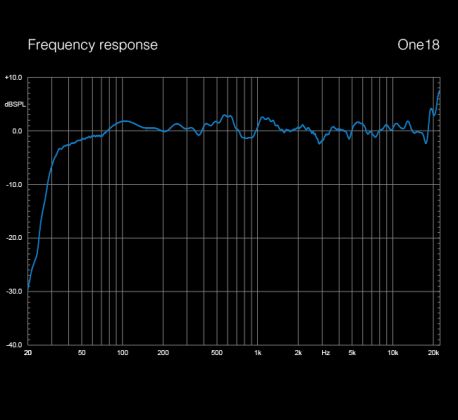
The specs on the amp are not on the website but as the name implies it delivers 100 watts into 8 ohms.
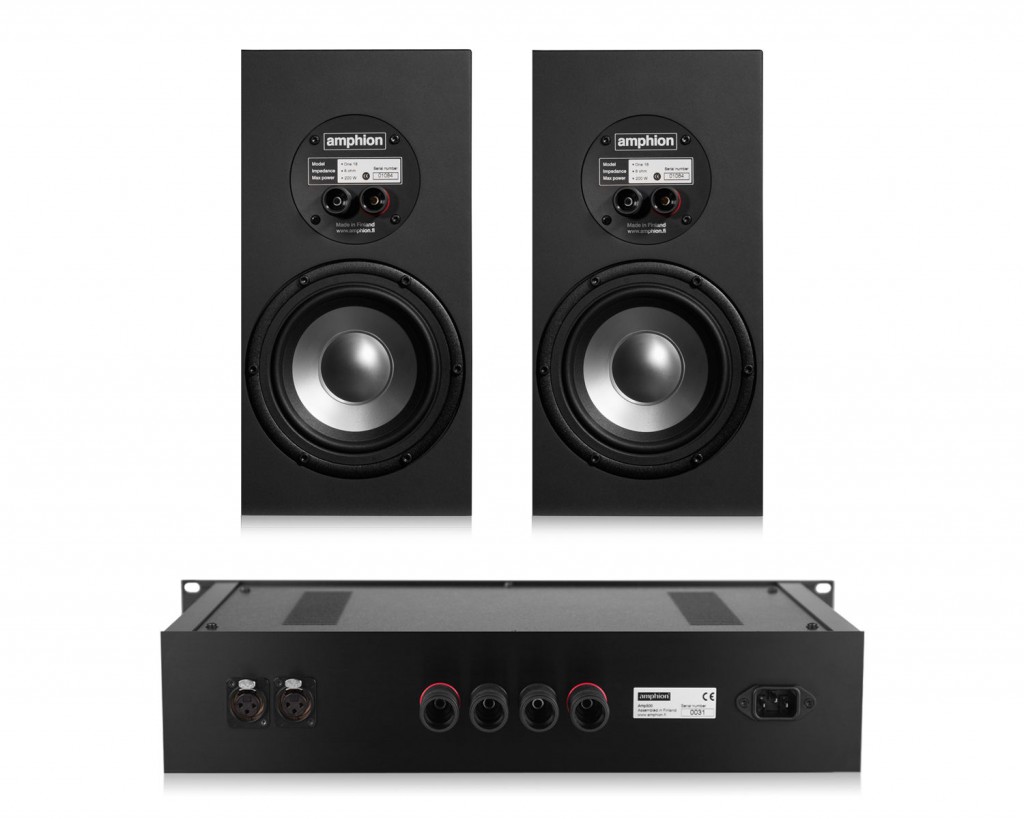
Backside of the Amphion One18 and Amp100
The set-up is very straight forward. Connect your stereo outputs to the XLR inputs on the amp and the speaker outputs on the amp to the speakers themselves. Easy.
PUTTING IT TO THE TEST
I began my listening comparisons with some pre-recorded music from my collection, specifically Dr. Lonnie Smith’s 2009 release Rise Up! and a 2015 release from the Polish progressive rock band Riverside entitled Love, Fear, and the Time Machine.
I started with the JBLs. They sounded great; clear and clean. I’ve been using them for two years, so I know what to expect. Then I switched to the Amphions.
I’ll refrain from using hyperbolic adjectives, even though I’d really like to do so. Objectively, here’s what I wrote down as my first impressions:
- The mid-range is tight and focused and much more ‘real’. It’s like you can peer right into it.
- The high-end is airy and not harsh. I could listen to these speakers for hours without fatigue.
- The imaging is sharp and defined with pinpoint accuracy and depth.
- The music seems to just float in space.
In other words, the speakers disappeared. Switching back to the JBLs, I experienced what I can only describe as an exaggeration. It’s almost like when you switch the ‘loudness’ button on your old receiver. By that I mean that it isn’t ‘bad’, but it’s not ‘real’ either. It’s affected. For example, the mid-range on the JBLs sounds ‘better’ at first because it is more forward, more ‘in your face’. Switching to the Amphions, the mid-range seems initially a bit more ‘hollow’ but then you realize it’s actually more natural. The saxophone on Dr. Lonnie’s Rise Up sounded like it was in the room with me. Dr. Lonnie’s organ was purring right there, too, so close I could almost see the Leslie spinning. And the vocals on the Riverside album were right in front of me; it was like he was singing directly to me.
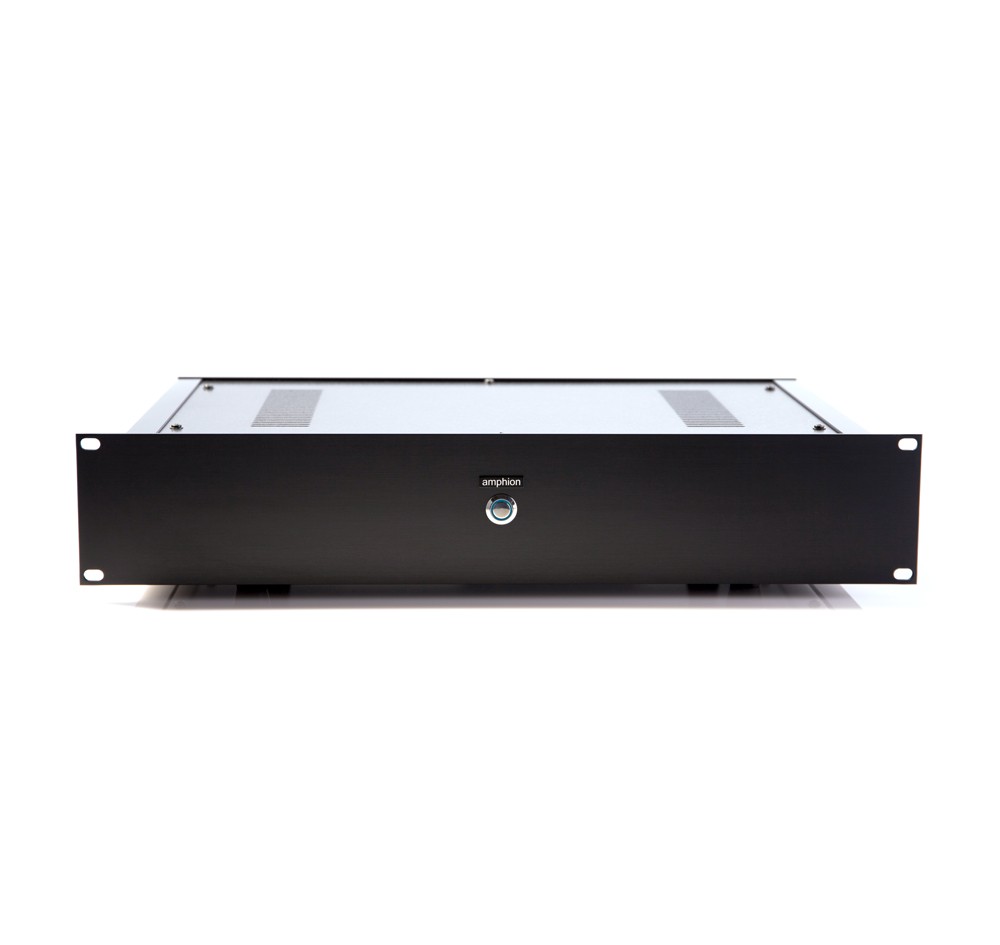
Next I decided to load up the new organissimo album I am mixing. I’ve been having some problems getting the organ tone where I want it. What sounds good to me in the studio doesn’t necessarily translate to the car or other systems.
Listening on the Amphions, I immediately heard the problem area; a honk-ish resonance in the low mid-range, easily fixed by a gentle EQ dip on the upper Leslie rotor microphones. But I could never hear it so directly on the JBLs. I also instantly heard some imaging issues with the drums, solved quickly by adjusting the panning of the toms. I also heard that I needed some more air in the cymbals. And finally, due to the Amphion’s stunning mid-range reproduction, I could hear that I needed to bring the level of the guitar up overall. These are things that were somehow being masked on the JBLs.
What impressed me the most is the imaging; the JBLs are far better in terms of their imaging than the speakers they replaced (the lowly Mackie HR824) but the high-end is still a bit nebulous. Not so on the Amphions; the stereo image is precise all throughout the frequency range.
The JBL LSR308 definitely have a deeper bass than the Amphion One18. I augmented this by connecting the JBL LSR310S subwoofer to the Amphions. Switching back and forth between the two pairs of speakers was now much more balanced, which made for a better comparison. The JBL LSR310S actually matches with the Amphions very well and rounds out the bottom.
CONCLUSION
So do you get what you pay for? Well, the JBLs are still the best value in a monitor speaker for under $1000 a pair (way under, actually). A pair of JBL LSR308 speakers is only $500. The smaller JBL LSR305 speakers are even less at $300 a pair. The Amphion system I am reviewing retails for $4300 ($3000 for the speakers and $1300 for the amp). That’s almost ten times the cost of the LSR308. Is the quality ten times better? That of course is very subjective, but for me the answer is a resounding yes. The high-end clarity, the mid-range focus and precision, and the imaging are definitely worth the money. It’s a shame there isn’t a bit more low-end response; a good sub is needed, further adding to the cost if you don’t already own one. But even so, the verdict is unanimous: Yes, you do get what you pay for.
Now if only I can figure out a way to pay for these Amphions!
Like this:
Like Loading...











